Automotive culture worships the same icons relentlessly. Mustangs, Corvettes, and 911s dominate conversations and concours fields while equally remarkable machines slip into historical footnotes. History reveals a different narrative—one populated by legitimate innovators whose engineering brilliance deserves recognition alongside mainstream legends.
These forgotten gems represent more than curiosities. Each vehicle pushed boundaries through revolutionary designs and engineering solutions that influenced modern automotive development. Many commanded premium prices when new, targeting discerning enthusiasts who understood their significance. Today’s collectors are discovering what those original buyers knew: these machines offer exceptional value and distinctive character unavailable in mass-market alternatives.
14. Berkeley T60: Britain’s Motorcycle-Powered Oddity (Exterior)
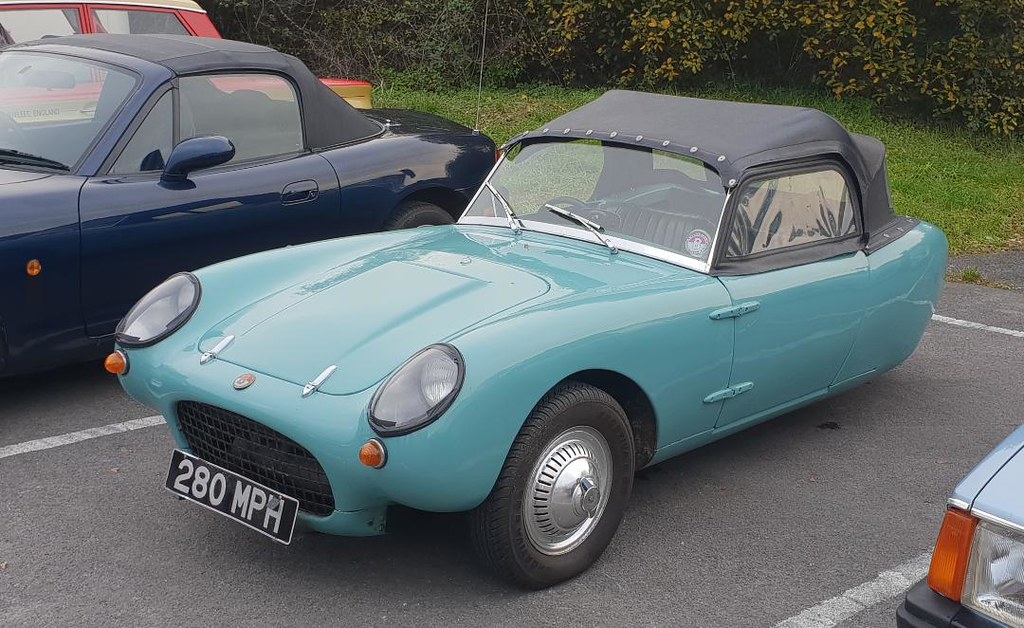
Charles Panter and Laurie Bond‘s microcar delivered sports car thrills for approximately $500 during 1959, proving innovative thinking could overcome budget limitations. Lightweight fiberglass construction enabled remarkable efficiency with tiny dimensions concealing sophisticated engineering solutions, maximizing motorcycle-derived powerplant performance. Aerodynamic shapes prioritized efficiency over conventional aesthetics. Excelsior Talisman two-stroke engines delivered surprising performance with total vehicle weight between 680-725 pounds, enabling impressive acceleration.
Berkeley T60 (Interior)

Minimalist cockpits focused on driving purity. Essential controls are positioned within easy reach, while simplified instrumentation provides the necessary information. Weight savings influenced every design decision. Berkeley pioneered grassroots engineering innovation that inspired later kit car movements. Surviving examples attract collectors seeking efficiency and character.
13. Jowett Jupiter: Post-War Innovation When Britain Needed Hope (Exterior)
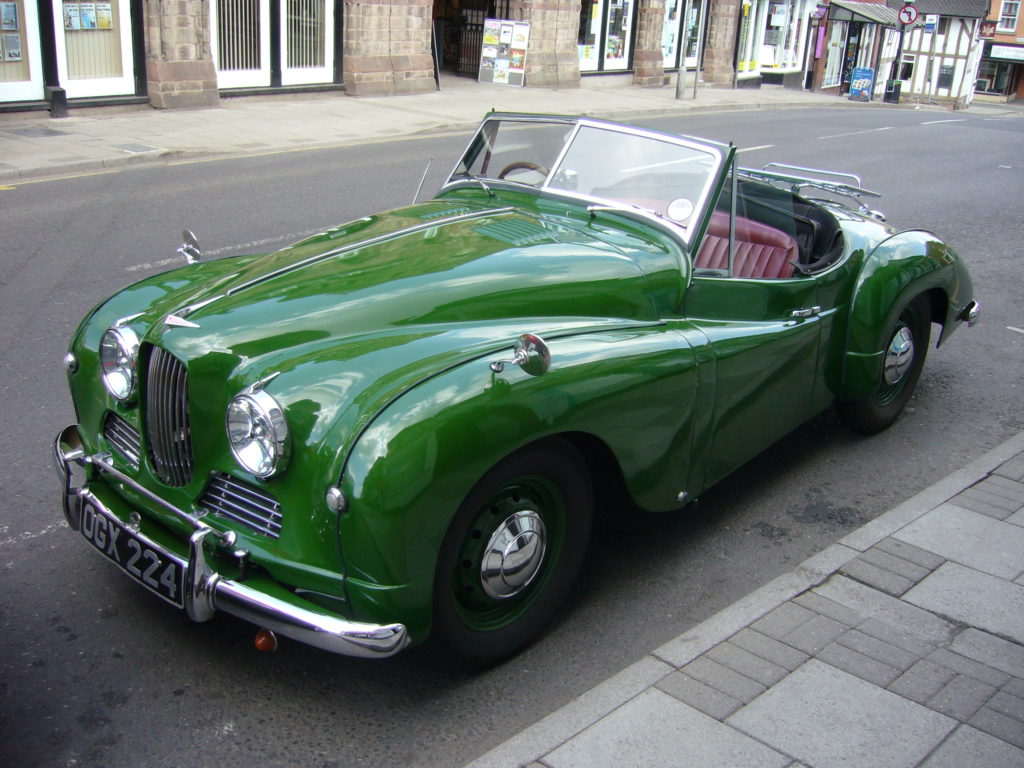
Dr. Robert Eberan von Eberhorst engineered advanced aluminum construction over a tubular steel chassis during post-war Britain’s rebuilding efforts. Clean aerodynamic lines and lightweight aluminum bodywork created optimal weight distribution for competitive performance. The 1,486cc flat-4 engine produced 60-63 horsepower, translating modest power into impressive track performance. Average market values reach $35,000, with exceptional examples achieving $58,000 from international collectors appreciating Le Mans class wins.
Jowett Jupiter (Interior)

Purposeful cockpits balanced comfort with sporting requirements. Essential instrumentation included comprehensive engine monitoring systems, while adjustable seating accommodated various driver sizes. Practical storage solutions highlighted thoughtful design attention to real-world usage requirements. Class wins at Le Mans in 1950, 1951, and 1952 established Jupiter’s sporting credentials. Only 50% of the original 899 Jupiters survive today, making preservation examples particularly valuable.
12. TVR Tina: The Hot Hatch That Never Was (Exterior)
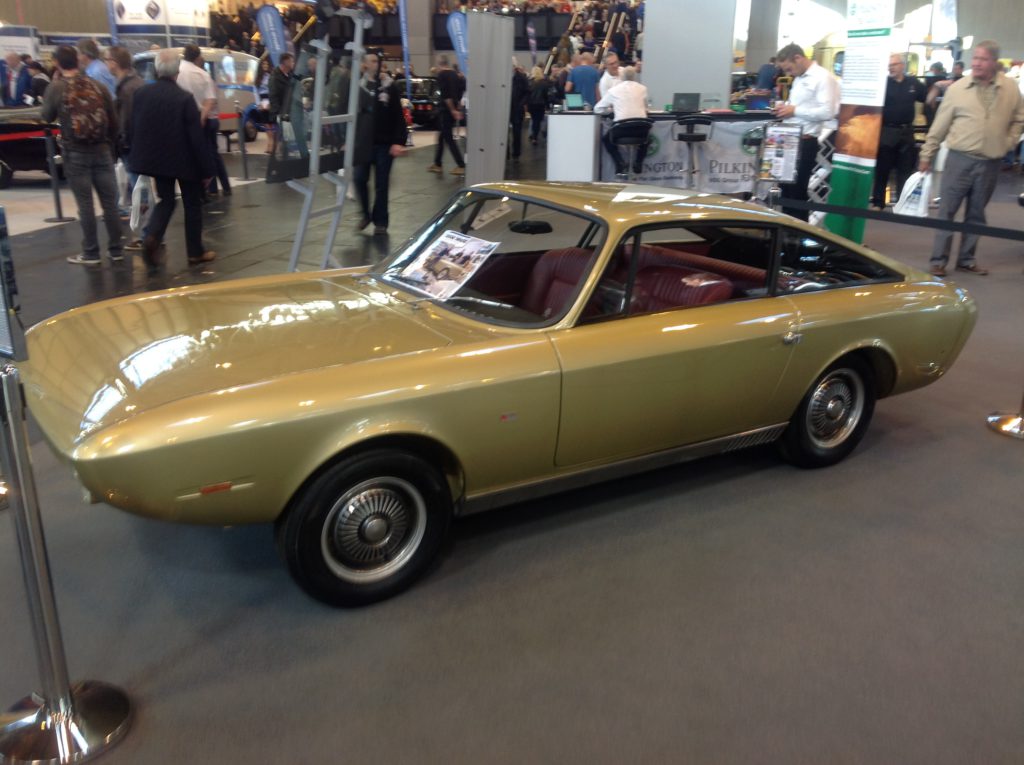
Martin Lilley’s collaboration with Trevor Fiore created compact sports car prototypes based on Hillman Imp mechanicals, predicting hot hatch development by decades. Compact dimensions emphasized agility over brute force, with modern design language suggesting future automotive directions. Both convertible “Spider” and fixed-roof coupe configurations provided market flexibility. The 875cc inline-4 produced 51 bhp, achieving 160 km/h top speeds while delivering 8.1 L/100 km fuel economy through lightweight construction.
TVR Tina (Interior)

Efficient packaging maximized interior space within modest external dimensions. Practical layouts showcased thoughtful attention to everyday usability requirements. Simple control systems prioritized reliability over complexity. Had production commenced, Tina might have created the hot hatch market years before mainstream manufacturers recognized the opportunity.
11. Lister Storm: The V12 Sledgehammer (Exterior)
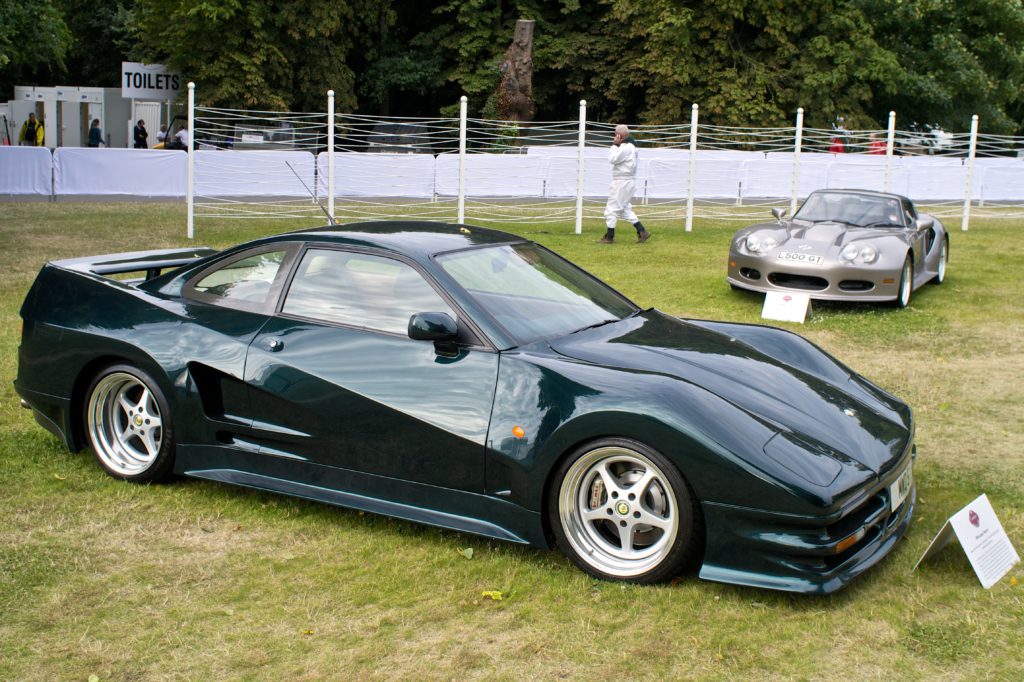
Lister quietly developed a 7.0L V12 supercar, prioritizing brute force over sophistication while McLaren F1s captured headlines during the 1990s. Aggressive proportions emphasized raw performance over aesthetic refinement, with carbon fiber bodywork over carbon fiber chassis providing optimal structural integrity. Functional aerodynamics enhanced high-speed stability. The massive 6,996cc V12 produced 585-594 horsepower with 580 lb-ft torque, achieving 0-60 acceleration in 4.1 seconds despite weighing 3,670 pounds.
Lister Storm (Interior)

Racing-inspired cockpits focused on driver concentration. Essential instrumentation provided critical performance data, while racing-derived seating maintained occupant security during extreme driving. Spartan layouts mirrored pure performance priorities. The Storm exemplified British engineering at its most excessive, proving that displacement could substitute for sophistication when properly applied.
10. Alpine M64: The French Giant-Killer (Exterior)

Jean Redele’s Alpine M64 weighed just 1,428 pounds while achieving remarkable performance through aerodynamic efficiency, with only three examples built in 1964. Measuring 167.3 inches long, 64.6 inches wide, and 42.1 inches tall, optimal proportion relationships minimized drag coefficients through smooth surfaces. Despite its tiny 1.1L engine producing 115 horsepower, exceptional aerodynamic development enabled 168 mph speeds, proving French engineering philosophy where intelligence triumphed over displacement.
Alpine M64 (Interior)

Competition-focused cockpits prioritized weight reduction. Essential instrumentation provided necessary performance data, while racing-derived seating maintained occupant security. Five-speed transmissions maximized engine efficiency. The M64 established lightweight construction principles that influenced Alpine’s modern revival. These three examples stand as pinnacles of efficient performance engineering.
9. Chrysler Newport (1977): The Last Stand of American Excess (Exterior)

The 1977 Newport represented cultural resistance to downsizing during America’s fuel crisis, maintaining traditional luxury car values on the C-body platform. Massive proportions measured 226.6 inches long and 79.7 inches wide, dominating contemporary automotive landscapes with formal rooflines and substantial chrome applications. The optional 440 cubic inch V8 produced 195 horsepower and 320 lb-ft of torque despite emissions regulations, representing an impressive achievement during restrictive performance periods.
Chrysler Newport (Interior)

Spacious accommodations prioritized passenger comfort over efficiency considerations. Traditional luxury appointments included comprehensive instrumentation and premium materials throughout. Seating arrangements provided genuine six-passenger capacity. As the final generation of full-size American luxury cars, the 1977 Newports hold historical significance beyond transportation utility. Pristine examples experience increasing collector attention.
8. Prince Skyline Sport: The Grandfather of Godzilla (Exterior)

Prince Motor Company’s partnership with Giovanni Michelotti produced a sophisticated GT design that established principles later inherited by the GT-R lineage. Italian styling sophistication elevated Japanese automotive standards, transforming the Gloria chassis into genuinely exotic proportions. Both coupe and convertible configurations provided market variety within ultra-limited production. The 1.9L inline-4 produced 94 horsepower, with original pricing reaching $15,400 for coupes, restricting ownership to Japan’s elite.
Prince Skyline Sport (Interior)

Luxurious appointments justified premium pricing strategies. Comprehensive instrumentation displayed serious performance intentions, while comfortable seating accommodated both touring and sporting requirements. Skyline Sports regularly achieves six-figure auction results, confirming its foundational importance to GT-R heritage. Only 60 units were produced, making survival examples exceptionally valuable.
7. Osca 1600 GT: When the Maserati Brothers Went Independent (Exterior)
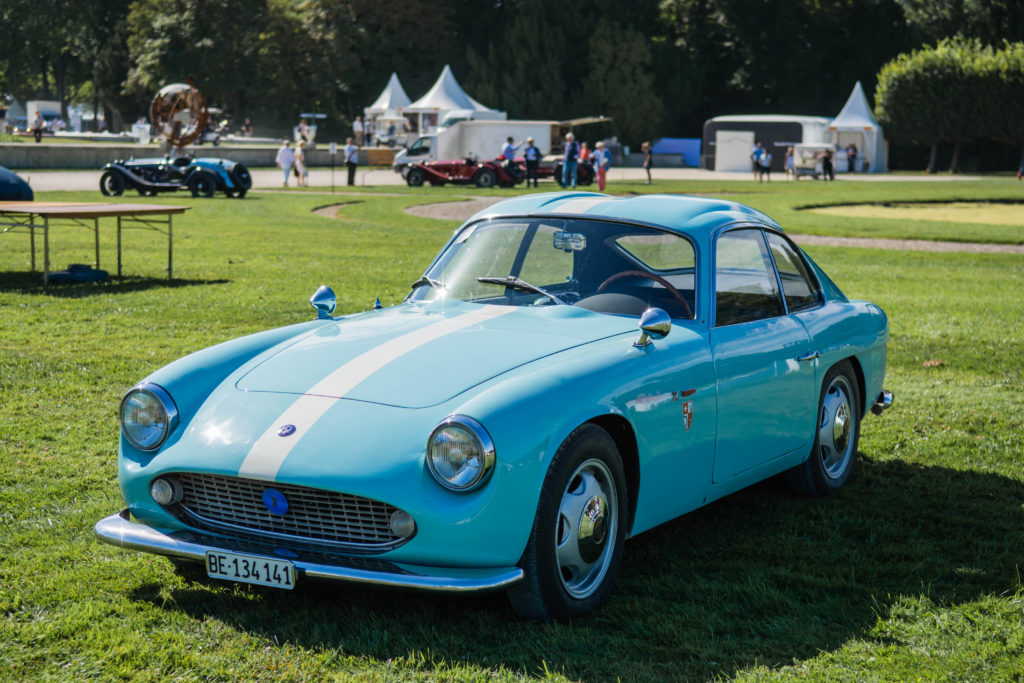
The Maserati brothers founded Osca after leaving their famous company, pursuing uncompromised sports car development. Legendary artisans at Zagato, Fissore, and Touring created bespoke bodywork over tubular steel chassis, representing individual craftsmanship rather than mass production. The 1,568cc twin-cam four-cylinder achieved 95-140 horsepower depending on specification. Current auction values for similar Italian exotics average $139,142, making authentic Osca examples significant investments.
Osca 1600 GT (Interior)

Racing-inspired cockpits favored driver connection over passenger comfort. Essential controls are positioned within easy reach, while comprehensive instrumentation provides detailed engine monitoring. Spartan layouts mirrored serious performance intentions. Production numbers tell the rarity story: only 128 examples were built between 1960 and 1963. Current market pricing shows growing appreciation for the Maserati family engineering heritage.
6. De Tomaso Sport 5000: The Shelby-Italian Connection (Exterior)

Carroll Shelby and Alejandro De Tomaso’s collaboration produced automotive magic weighing just 1,455 pounds with a Ford V8 positioned mid-chassis as an integral structural component—revolutionary 1965 engineering. Pete Brock’s aluminum bodywork created optimal aerodynamic efficiency with low-slung proportions emphasizing racing intentions. Adjustable rear wings provided fine-tuning capability while minimalist aesthetics prioritized function over decoration. Only one prototype was completed, representing automotive history’s greatest missed opportunities.
De Tomaso Sport 5000 (Interior)

Racing-focused cockpits eliminated unnecessary comfort features. Essential controls are positioned for competitive driving, while lightweight construction influenced every design decision. Purposeful layouts highlighted serious performance intentions. Though only one prototype was completed, the Sport 5000 stands as one of automotive history’s greatest missed opportunities, combining Shelby’s racing expertise with Italian engineering sophistication.
5. Isdera Imperator 108i: Germany’s Secret Supercar (Exterior)
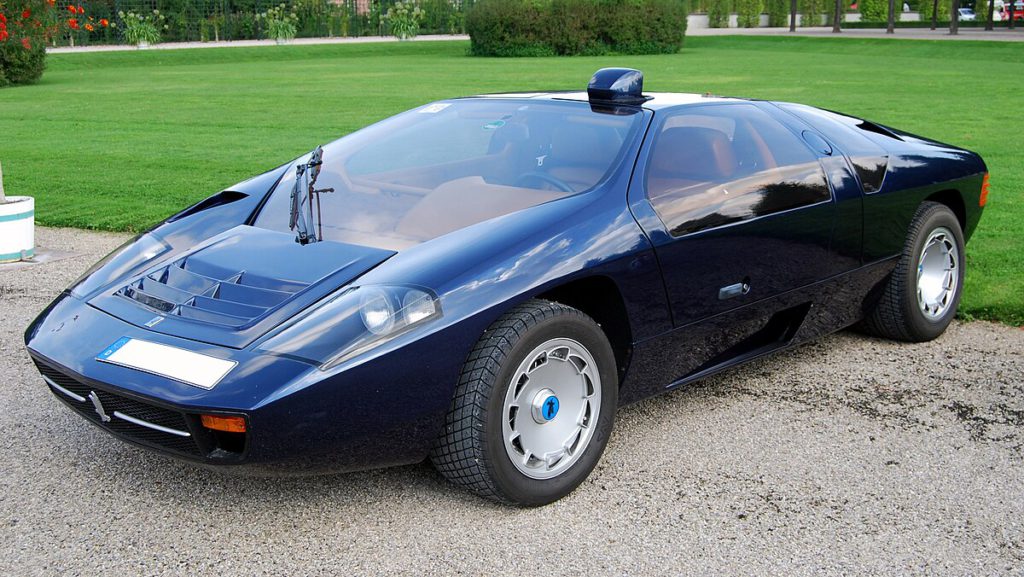
Eberhard Schultz’s Isdera GmbH created a production supercar, remaining virtually unknown outside enthusiast circles despite remarkable capabilities. Distinctive design elements included roof-mounted periscope rear-view mirrors and dramatic gullwing doors. Fiberglass bodywork over tubular steel frames provided optimal strength-to-weight ratios with aggressive aesthetics conveying serious performance intentions. Mercedes-Benz V8 engines ranging from 5.0L to 6.0L produced 235-410 horsepower, paired with five-speed manual transmissions delivering proven reliability.
Isdera Imperator 108i (Interior)
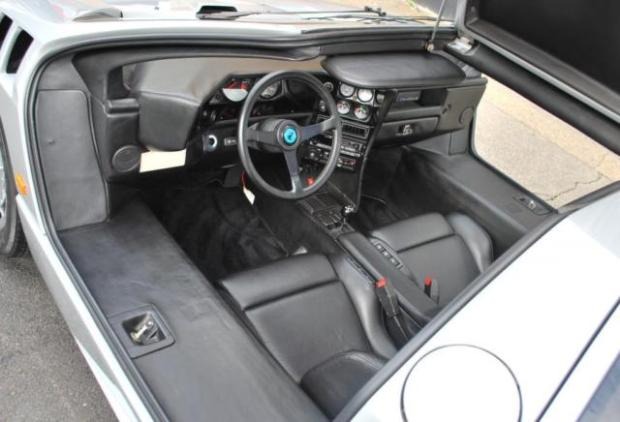
Sophisticated cockpits focused on technological advancement. Comprehensive instrumentation provided detailed vehicle monitoring, while comfortable seating accommodated both touring and sporting requirements. Quality materials showcased German engineering standards. Extreme rarity ensures exceptional exclusivity among German performance car enthusiasts. Rising appreciation for 1980s supercar designs benefits Isdera values.
4. TVR 420 SEAC: Britain’s Kevlar Rocket Ship (Exterior)
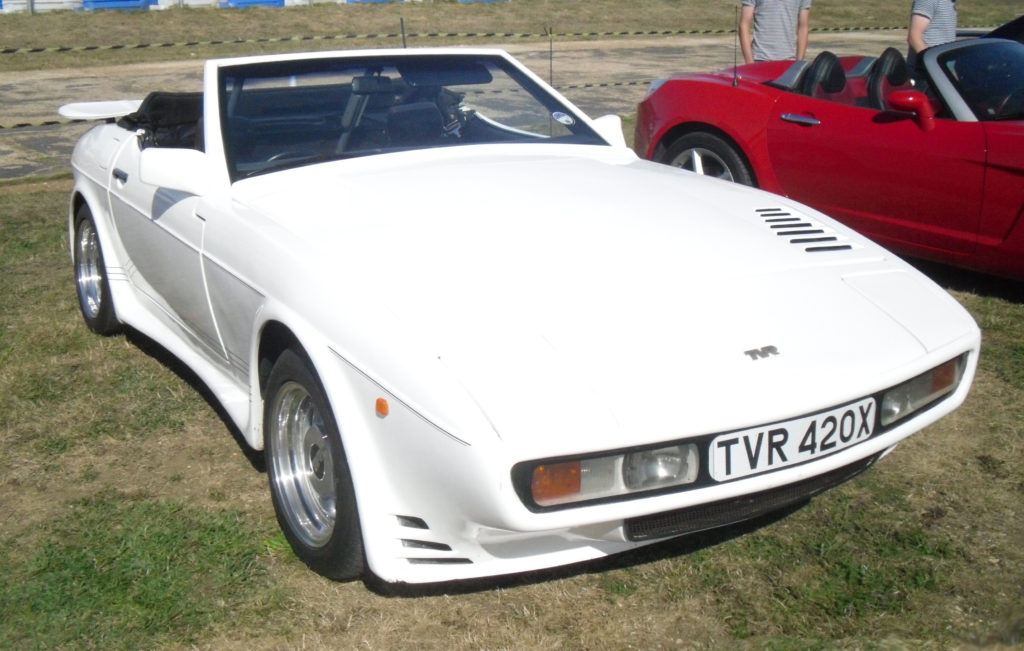
Chris Schirle’s team created unprecedented Kevlar-Aramid composite bodywork over tubular steel spaceframe between 1986-1988. Aggressive aesthetics featured shortened front sections with glass-covered indicators, widened wheel arches for Compomotive wheels, and a dominant rear spoiler covering the entire boot lid. The 4.2L Rover V8 produced 300 horsepower, achieving 0-60 mph in 4.7 seconds with a 266 km/h top speed. Recent auctions show $28,000-44,000 values for only 37 examples built.
TVR 420 SEAC (Interior)

Spartan cockpits eliminated unnecessary comfort features in favor of pure driver connection. Original instrumentation provided essential data without digital interference, while minimalist cabin layouts focused attention on the driving experience. Racing-derived ergonomics positioned controls for performance driving rather than luxury touring. Verify Kevlar body construction, as later examples reverted to conventional fiberglass. Check spaceframe integrity around suspension mounting points. Engine rebuilds are expected every 60,000 miles. Prices have appreciated from $10,000 in 2010 to over $25,000 for good examples today.
3. Apollo 5000 GT: America’s Answer to Ferrari (Exterior)

Milt Brown’s vision combined American reliability with Italian craftsmanship through Frank Reisner’s Intermeccanica facilities. Scaglione’s design refinements created timeless proportions with Italian coachbuilding excellence, delivering an exotic appearance competing directly with Ferrari alternatives. The 4.9L Buick V8 delivered 250 horsepower through four-speed manual transmissions with ladder-frame chassis incorporating Buick suspension components. Recent auction results show $134,000-201,600 values, with only 88 total Apollos produced.
Apollo 5000 GT (Interior)

Luxurious appointments justified premium market positioning. Comprehensive instrumentation included tachometers and 180-mph speedometers, indicating serious performance capabilities. Comfortable seating provided touring comfort without sacrificing sporting character. Only 88 total Apollos were produced before financial constraints ended production. Current market values around $150,000 represent significant appreciation potential compared to similar European exotics.
2. Byers SR100: America’s Homegrown Supercar (Exterior)
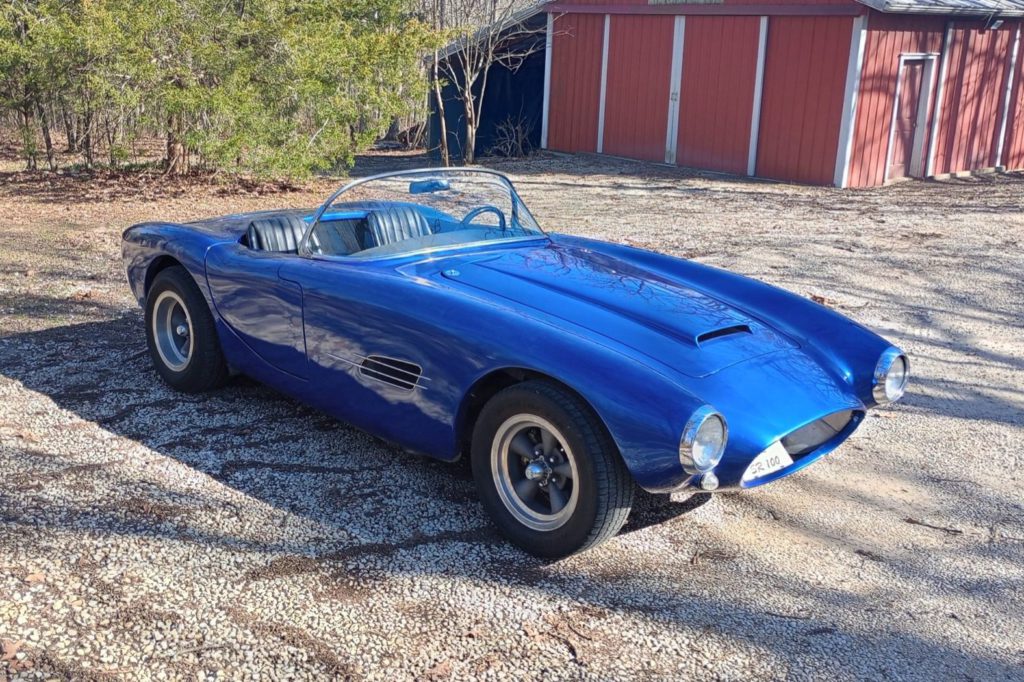
Jim Byers pioneered fiberglass sports car construction in 1950s California, creating the SR100 from his earlier Meteor SR1 experience. Hand-laid fiberglass construction demonstrated advanced materials application with low-slung proportions emphasizing performance aesthetics. American muscle car proportions distinguished the SR100 from European alternatives. Most examples received 265 cubic inch V8 engines producing 195 horsepower and 260 lb-ft torque, with approximately 50 total cars produced.
Byers SR100 (Interior)
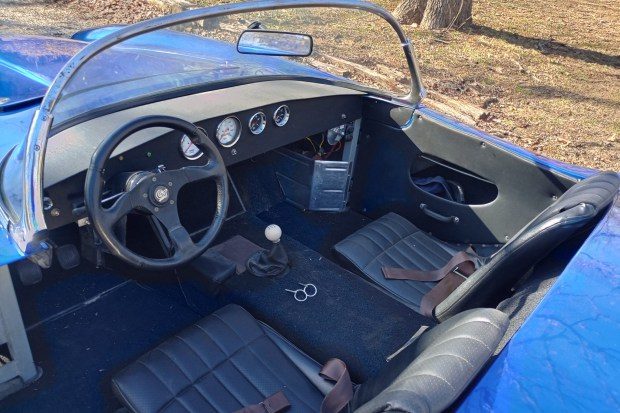
Functional layouts prioritized driving dynamics. Racing-derived seating positions placed drivers within optimal control reach. Instrumentation provided essential performance data without unnecessary complexity. Hand-built American fiberglass sports cars offer unique collector categories. Parts availability through Chevrolet networks makes ownership practical despite exotic origins.
1. Trident Venturer: The British GT You Never Knew Existed (Exterior)
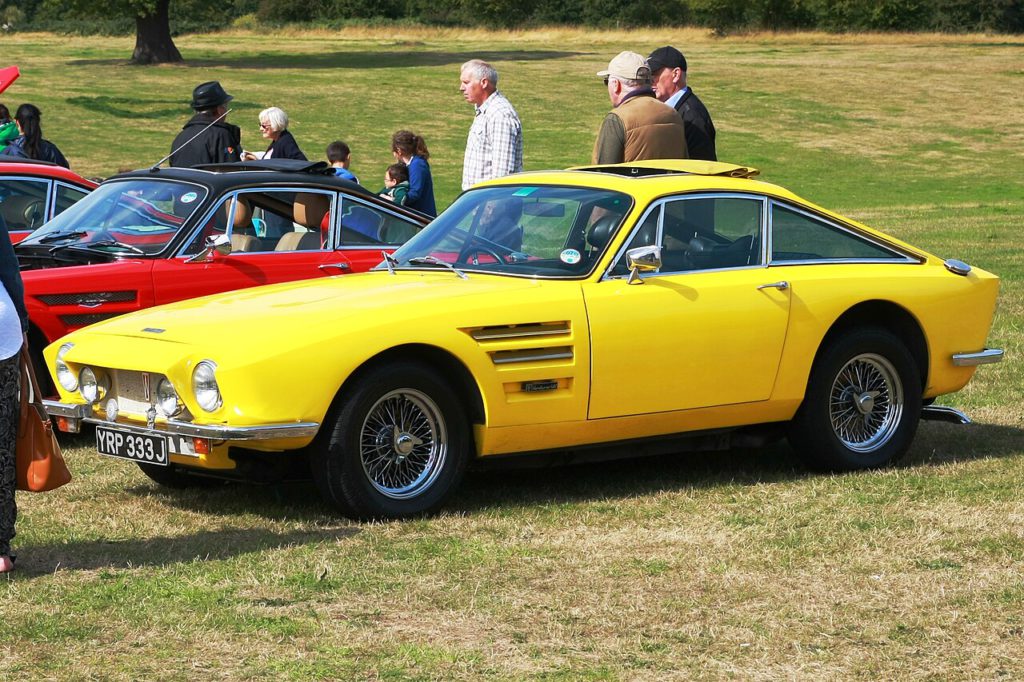
Trident Cars combined a stretched Triumph TR6 chassis with Ford Essex V6 reliability during the late 1960s. Sophisticated fiberglass proportions eliminated rust concerns while distinctive side vents and steeply raked rear decks conveyed purposeful aesthetics. The 3.0L Essex V6 delivered 140 horsepower through a four-speed manual transmission with independent suspension and disc brakes. Current market values range $19,000-31,000, making these increasingly attractive collector investments.
Trident Venturer (Interior)
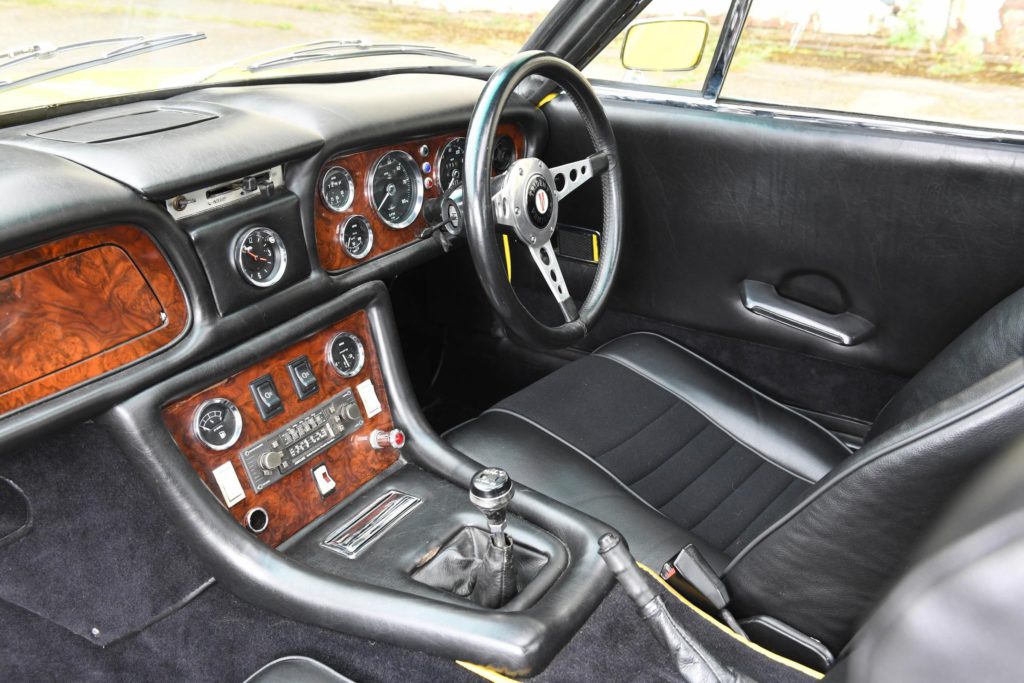
Luxurious appointments justified premium pricing strategies. Original retail prices reached $2,875 plus $720 purchase tax in 1971—significant money requiring careful consideration. Walnut dashboard veneers complemented leather-trimmed steering wheels, while comprehensive instrumentation provided drivers with complete vehicle information. GT packaging allowed substantial luggage space, though boot access required interior entry—a charming British quirk. The Trident Car Club knows the whereabouts of around 55 examples, with only 19-25 currently roadworthy. This scarcity, combined with Ford parts availability, makes Venturers a practical collector proposition.